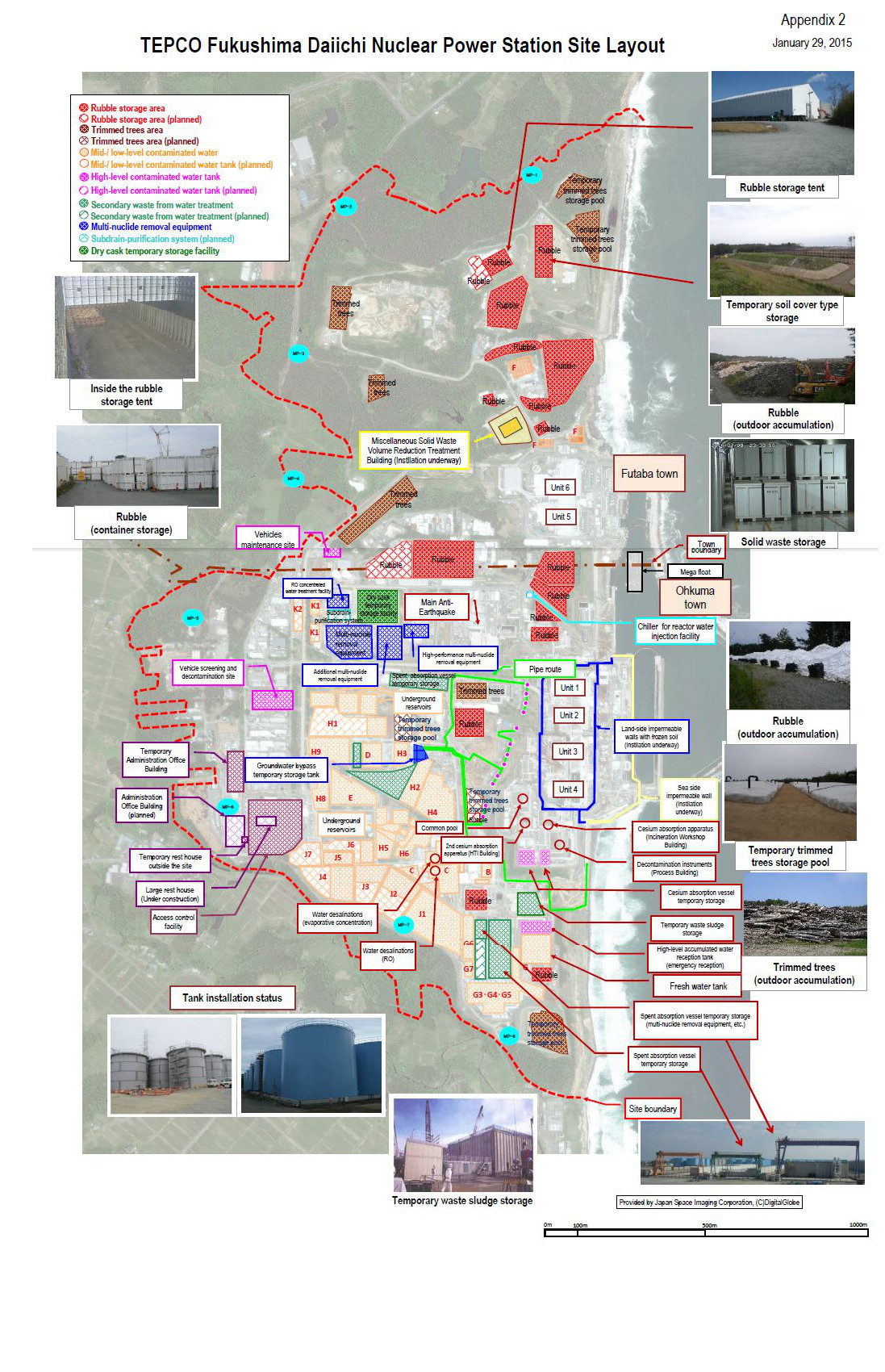The 2011 Fukushima reactor accidents are entering their fourth anniversary today. Vast amounts of radioactivity - by some estimates greater than those released during the 1986 Tchernobyl reactor accident - have been dispersed into the environment. Hot spots of contamination keep developing in ever changing configuration.
We will keep finding concentrations of radionuclides above limits of consumption in some food samples. Almost thirty years after the Tchernobyl accident wild mushrooms, wild berries, venison and wild boar meat continue to show contamination above limits in Southern Germany where they are considered a delicatessen.
Despite continued great efforts of the government of Japan to collect hundreds of thousands of tons contaminated soil in mountains of plastic bags, about 70,000 former residents of the exclusion zone cannot return home permanently and live in temporary housing elsewhere (see Toru Hanai’s photo report with the title “Radioactive Fukushima” published on Reuters yesterday).
Real-time radiation detectors are installed in public spaces everywhere. You would not want your kids to play out in the woods or near culverts. People don't trust Fukushima food, because the health effects of the long-term exposure to low-level ionizing radiation, particularly when accumulating in the body, are ill-understood.
Meanwhile the operator of the stricken nuclear power station, TEPCO, accomplished to transfer the fuel assemblies from the spent fuel pool of one of the six damaged reactors to temporary onsite storage.
 |
| Aerial view of the contaminated water storage tank farm at Fukushima Daiichi Nuclear Power Station in 2015 (courtesy NHK WORLD). |
Keep in mind, the Fukushima disaster is projected to cost Japan the equivalent of two Superstorm Sandies at this time, and the molten reactors in Japan are not within 50 miles of a major metropolitan area.








No comments:
Post a Comment